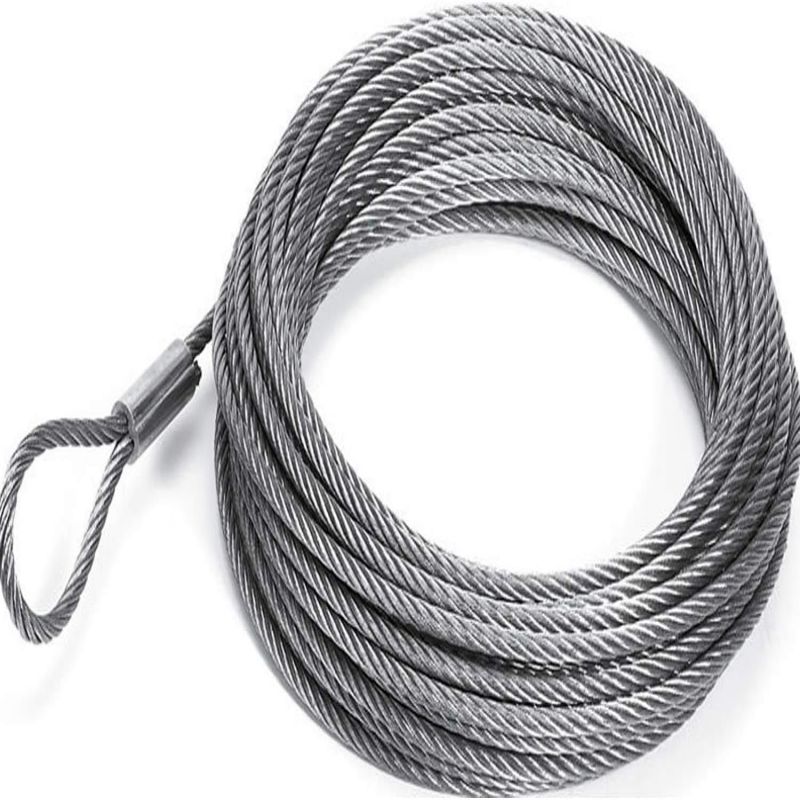
Stainless wire ropes are vital for their strength and corrosion resistance. Blogs offer insights for professionals and DIY enthusiasts on their uses and benefits. Here’s what you can typically expect to find in these blogs:
Cable railing system overview focuses on the essential components that make up a cable railing system and their roles in functionality and aesthetics.
End stops secure cables at termination posts, ensuring stability and preventing movement or sagging. They are crucial for maintaining cable tension.
These components tighten cables, keeping them taut and aligned. Installed opposite end stops, tensioners are vital for safety and the system’s appearance.
Found in intermediate and sometimes termination posts, post protectors enhance aesthetics and shield posts from cable abrasion, prolonging the railing’s lifespan.
Components are attached to cables via swaging, a crimping process that ensures a secure and permanent connection. Swaging tools, like swagers, are used to apply pressure for a reliable join.
Cable railing systems are organized into segments called “cable runs,” where cables are secured by end stops and tensioned by tensioners. Understanding the types of runs—straight, angle, or transitionary—is critical for system design and installation.
By comprehending and effectively integrating these components, a cable railing system achieves not only structural stability and safety but also an elegant and contemporary aesthetic suitable for diverse architectural settings.
Stainless wire ropes are vital for their strength and corrosion resistance. Blogs offer insights for professionals and DIY enthusiasts on their uses and benefits. Here’s what you can typically expect to find in these blogs: